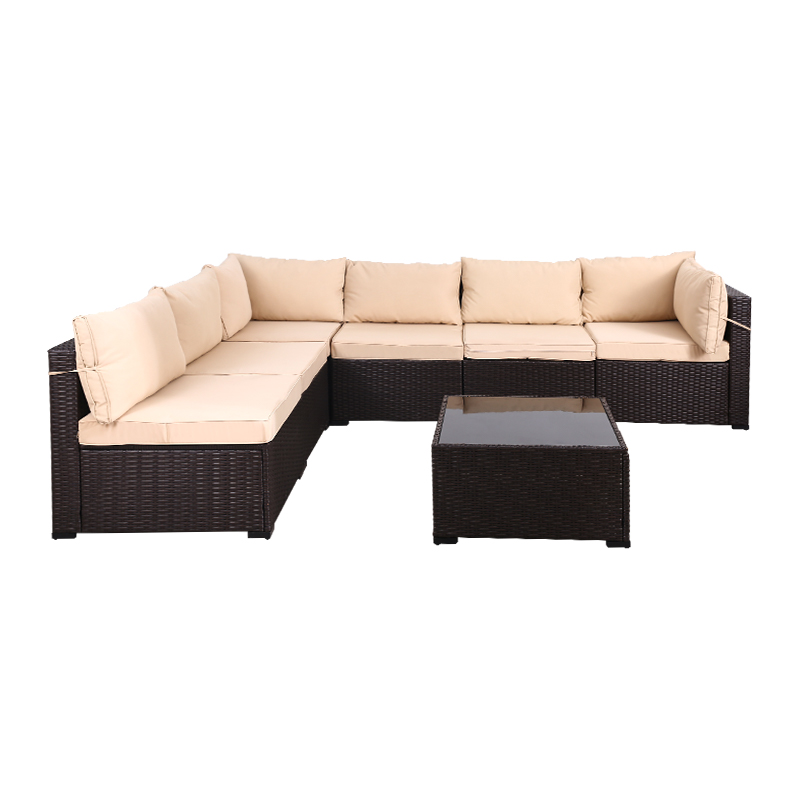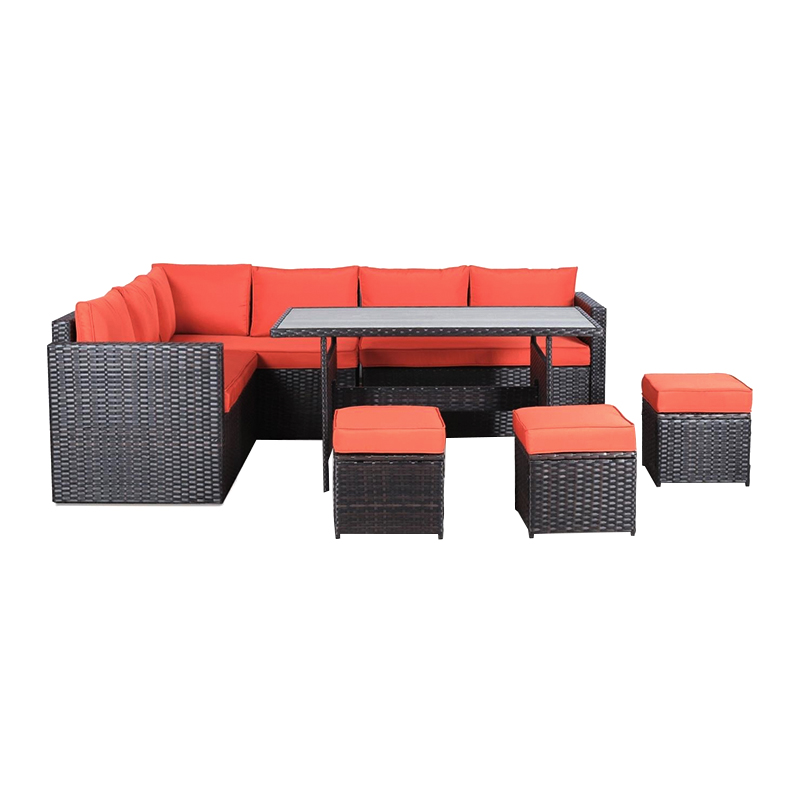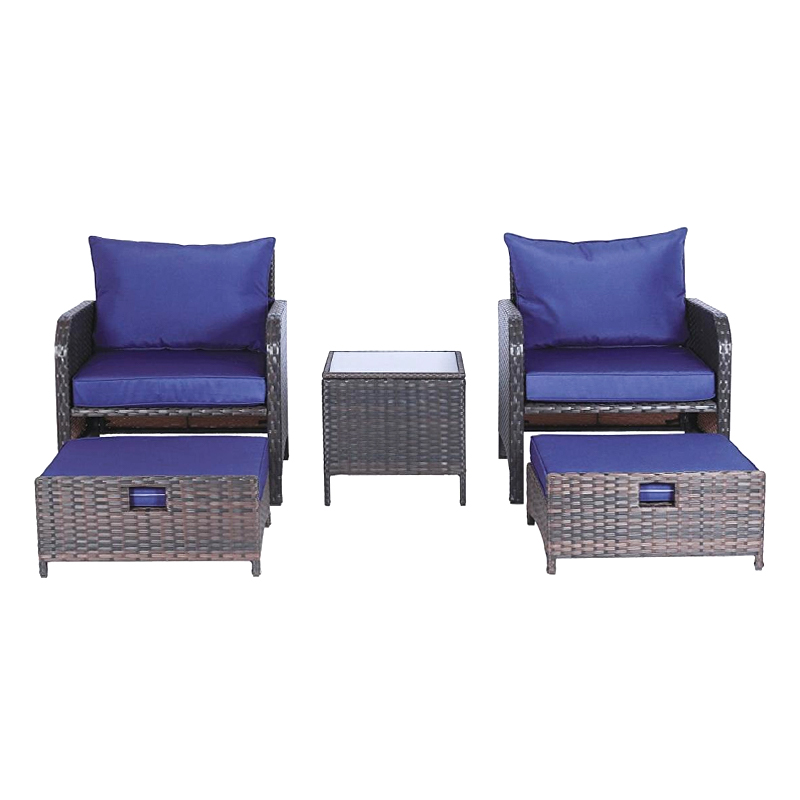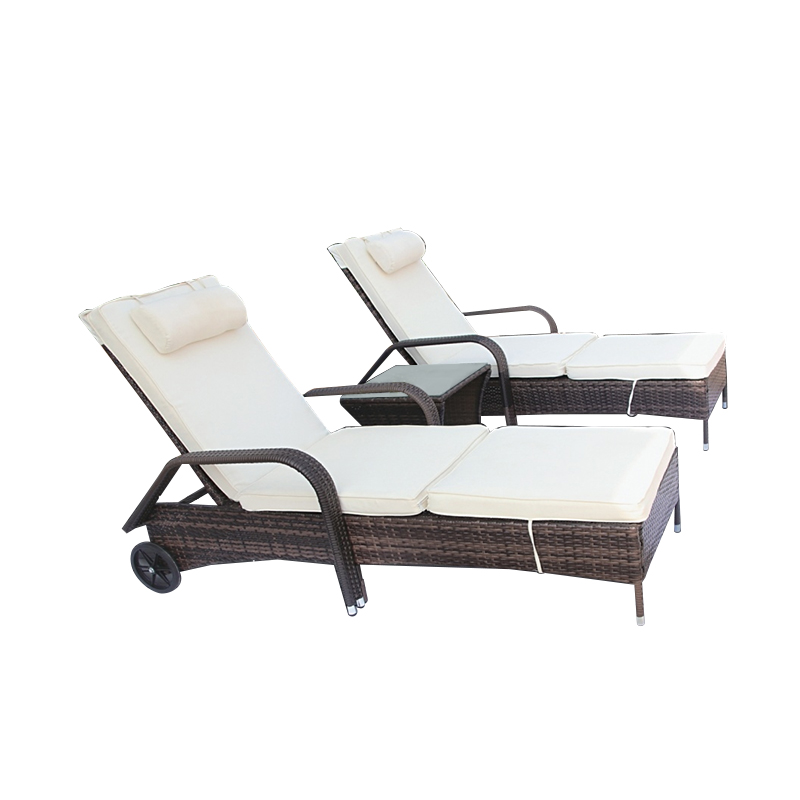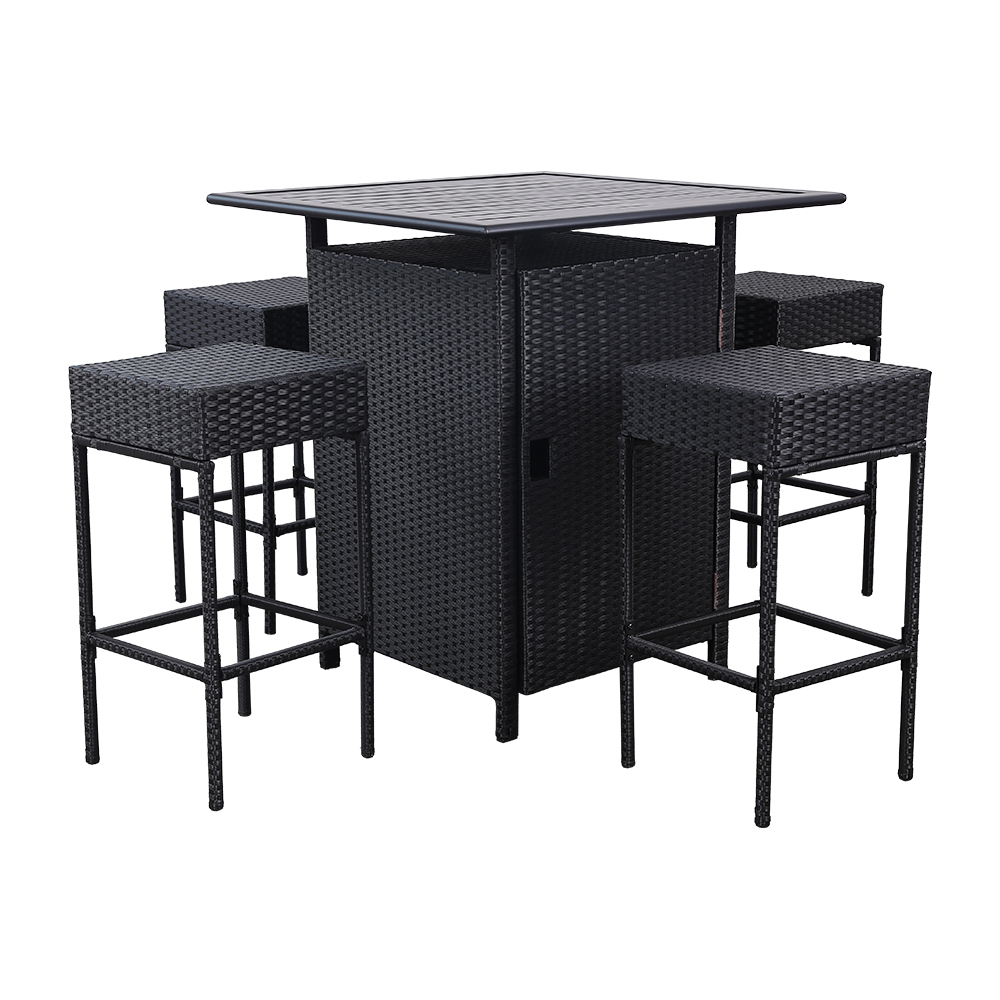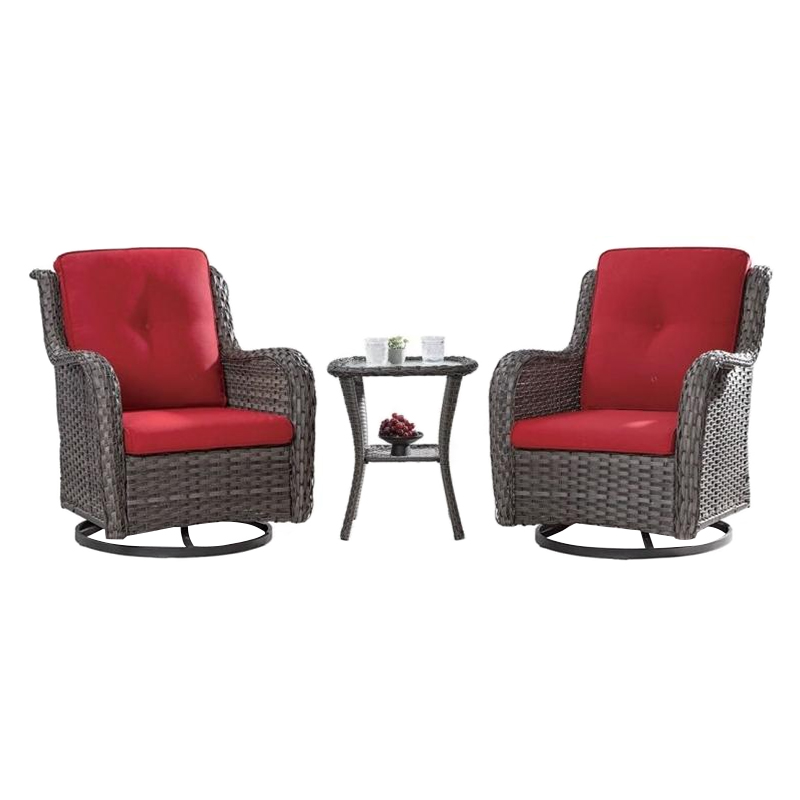The global garden furniture sector is experiencing robust growth as homeowners increasingly view outdoor spaces as extensions of their living areas. With more people investing in patios, balconies, and backyard retreats, the demand for durable, stylish, and functional garden furniture has reached new heights. This shift reflects broader lifestyle changes, where outdoor relaxation and entertainment have become priorities for consumers worldwide.
One of the key drivers behind the garden furniture market's expansion is the rising popularity of outdoor living. As urban dwellers seek to improve limited outdoor space, multifunctional garden furniture that combines comfort with space-saving designs has gained traction. Sectional seating sets, foldable dining tables, and modular loungers are among the top-selling items, allowing users to customize their outdoor areas according to different occasions. Manufacturers are responding by creating garden furniture that seamlessly transitions between intimate family gatherings and larger social events.
Material innovation continues to redefine the garden furniture industry. Traditional options like teak and wrought iron now share shelf space with high-performance alternatives such as powder-coated aluminum, synthetic rattan, and UV-resistant polyethylene. These advanced materials offer predominant weather resistance while maintaining aesthetic appeal, addressing consumer concerns about longevity and maintenance. The growing emphasis on sustainability has also led to increased use of recycled plastics and responsibly sourced wood in garden furniture production, catering to environmentally conscious buyers.
Design trends in garden furniture increasingly mirror indoor décor styles, blurring the lines between interior and exterior furnishings. Neutral color palettes, clean lines, and textured fabrics dominate current collections, creating cohesive outdoor living spaces that complement contemporary home aesthetics. The integration of comfortable cushions with weatherproof fabrics has elevated the comfort standard for garden furniture, encouraging longer outdoor stays regardless of season.
The e-commerce revolution has significantly impacted how consumers purchase garden furniture. Online retailers now offer extensive product ranges with detailed specifications, augmented reality visualization tools, and customer reviews that help buyers make informed decisions. This digital shift has expanded market reach, enabling rural customers and international buyers to access premium garden furniture previously only available in urban showrooms.
Climate considerations play an increasingly important role in garden furniture development. Manufacturers are creating products that can withstand diverse weather conditions, from intense sunlight to heavy rainfall. This durability focus has led to innovations in protective coatings, rust-proof hardware, and fade-resistant fabrics, ensuring garden furniture maintains its appearance and functionality through multiple seasons.
The commercial sector represents a growing market segment for garden furniture. Hotels, restaurants, and resorts are investing heavily in premium outdoor seating to create inviting alfresco dining experiences. This hospitality demand has spurred the development of commercial-grade garden furniture that combines elegance with exceptional durability to withstand constant use.
The future of garden furniture appears bright as it evolves beyond mere functionality to become an essential element of lifestyle expression. With ongoing innovations in materials, designs, and manufacturing processes, the sector is well-positioned to capitalize on the enduring appeal of outdoor living. As consumers continue to invest in their outdoor spaces, garden furniture will remain at the heart of creating comfortable, inviting environments that bridge the gap between nature and modern living.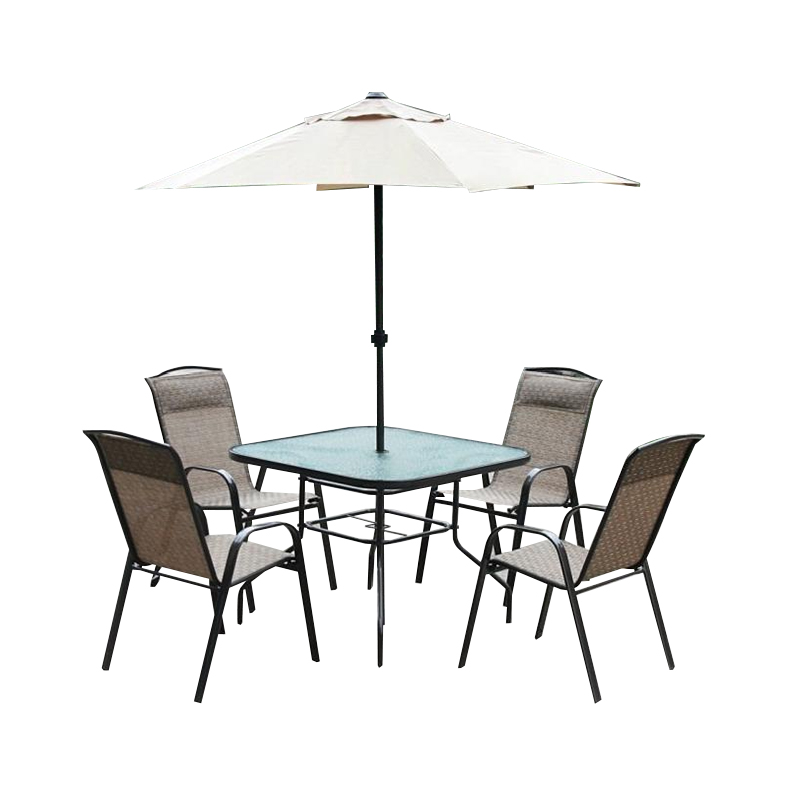


 英语
英语 西班牙语
西班牙语